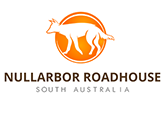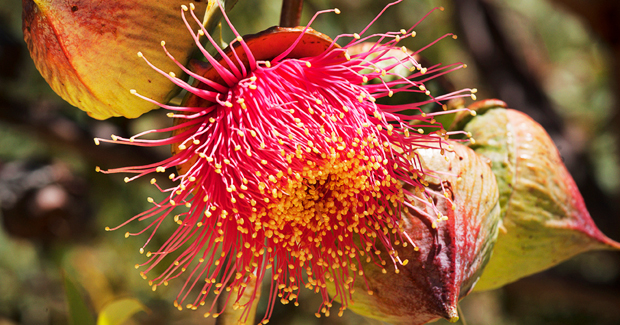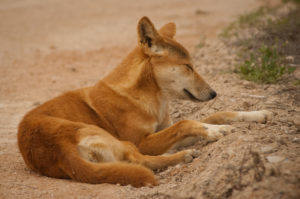Disclaimer: We are not medical professionals and do not claim to be. You should seek medical help relevant to your circumstances from certified medical practitioners once you have been in contact with poison.
To personally encounter the diverse range of species found in the Nullarbor, travellers of all ages are always eager to explore the unique attractions along the Eyre Highway. However, we all know that there can be risks when one ventures into the wild—and these include poisonous plants.
Don’t let us make you fret too much though… the Nullarbor plant species are quite tame! Read on to know how you can effectively prevent yourself from unnecessary harm by dealing with the situation effectively.
To Know is To Prevent.
Proper prevention against these poisonous creatures can be accomplished in the same way you plan your journeys—by researching! You can look for images and information about the poisonous flora and fauna that you may possibly encounter in the Nullarbor. It helps if you can familiarise yourself with what these plants or animals look like so you can safely dodge them when you happen to see one during your trip. Travel guides will have this sort of information for you to easily reference.
Gear Up and Watch your Step.
We can get all too excited once we’ve left the Nullarbor Roadhouse to journey into the cliffs or caves. However, you shouldn’t go running off wildly! Watch your step and be alert. Do not try to taste unidentified leaves or fruits in the area because that may cause serious medical issues. If you do happen to find yourself off the beaten path, wear clothing that protects significant portions of your bare skin. Even a small brush against an unwanted friend can cause an itchy rash!
Keep your Distance.
Even if you have done extensive research on the flora and fauna in Nullarbor, an important rule to follow is, “if you don’t know, don’t touch.” In these instances, it is better to not let your curiosity—or excitement—get ahead of you if you spot an unfamiliar plant. This should go without saying when talking about unknown animals – keep your distance. Take plenty of beautiful photos, but always maintain a safe distance and remain aware of your surroundings. Always respect the animals and remember you are in their natural habitat, so please leave nothing behind once you leave.
Hassle-free Treatment that Works.
The National Poisons Information Centre (24 Hour Telephone Advice Line) is a useful number to note down: 13 11 26. There will help to answer any questions or situations you ave related to poison contact and reaction.
If you come in contact with a poisonous substance from a plant or animal, wash your skin with cool water as soon as you can. Immediately cleaning the skin prevents further spreading of the poison as it can take off the plant oil—in the case of poisonous plants—as well.
Coming in contact with a poisonous plant or animal commonly results to getting blisters. You should never scratch the blisters when they appear on the surface of your skin. The bacteria under your nails can get into the blisters and may even cause an infection. Relieve the itch by using wet compresses or soaking the affected area in cool water and applying skin protectants. Other commonly available protectants like baking soda can relieve minor irritation and itching.
Remember the Nullarbor is a ‘wild environment’. However, you can combat the potential harm by being prepared and armed with the right information. When on your trip, stop by and spend the night with us at the Nullarbor Roadhouse!
References:
cyh.com, (2015). Parenting and Child Health – Health Topics – Poisoning. [online] [Accessed 28 Jan. 2015].
health.act.gov.au, (2015). Health Directorate – Find a health service, seek health advice or information. [online] [Accessed 28 Jan. 2015].’
sac.gov.au, (2015). sa.gov.au – Poisons. [online] [Accessed 28 Jan. 2015].




